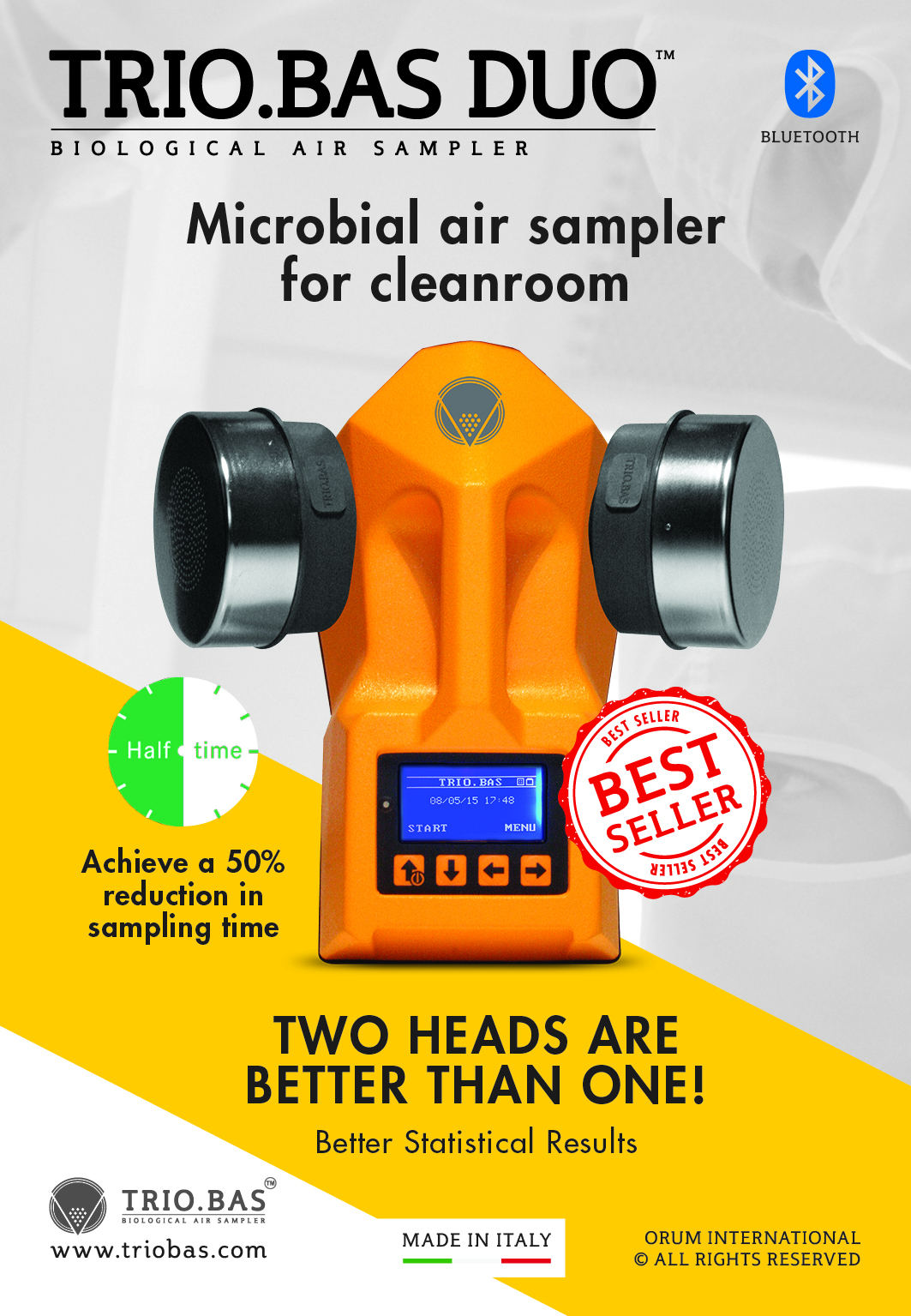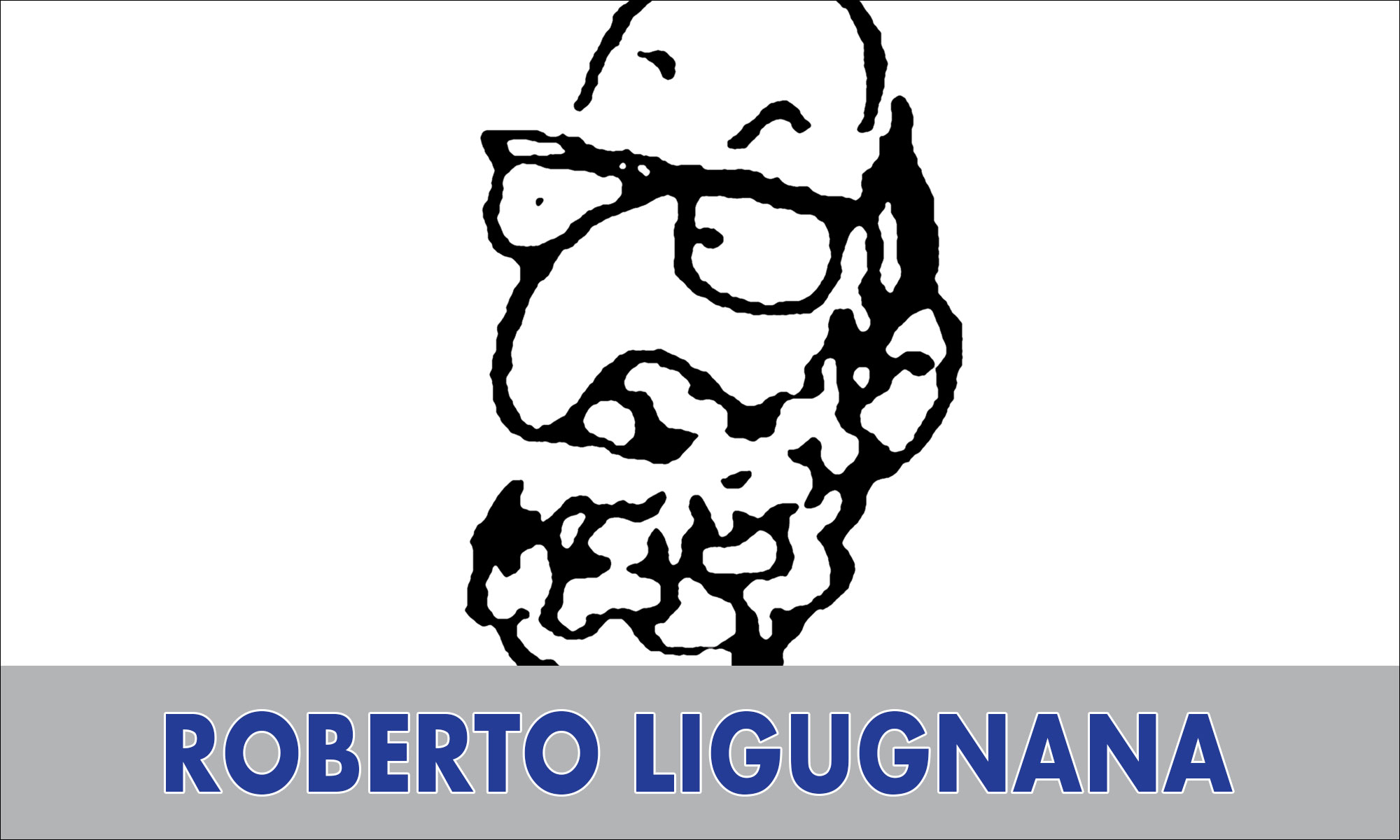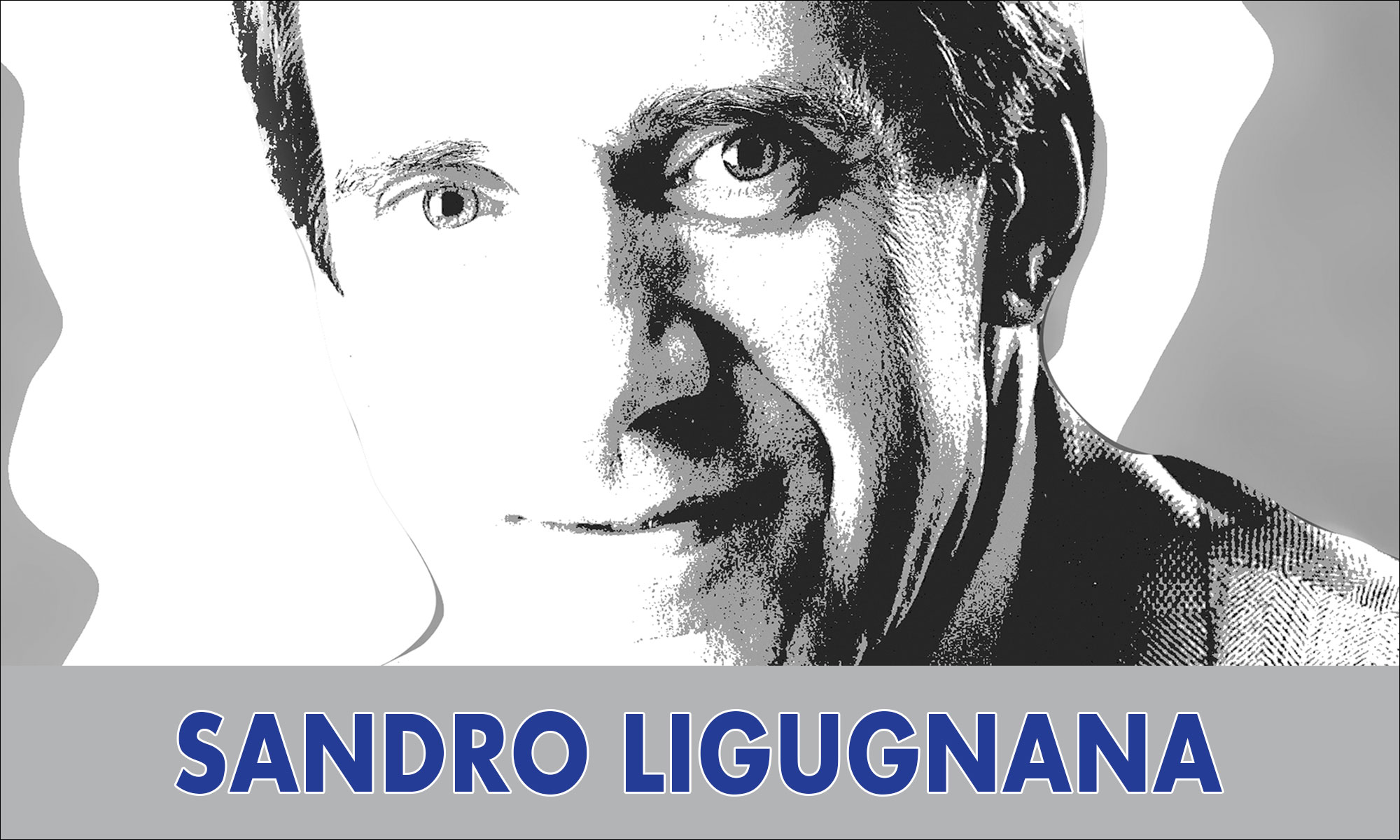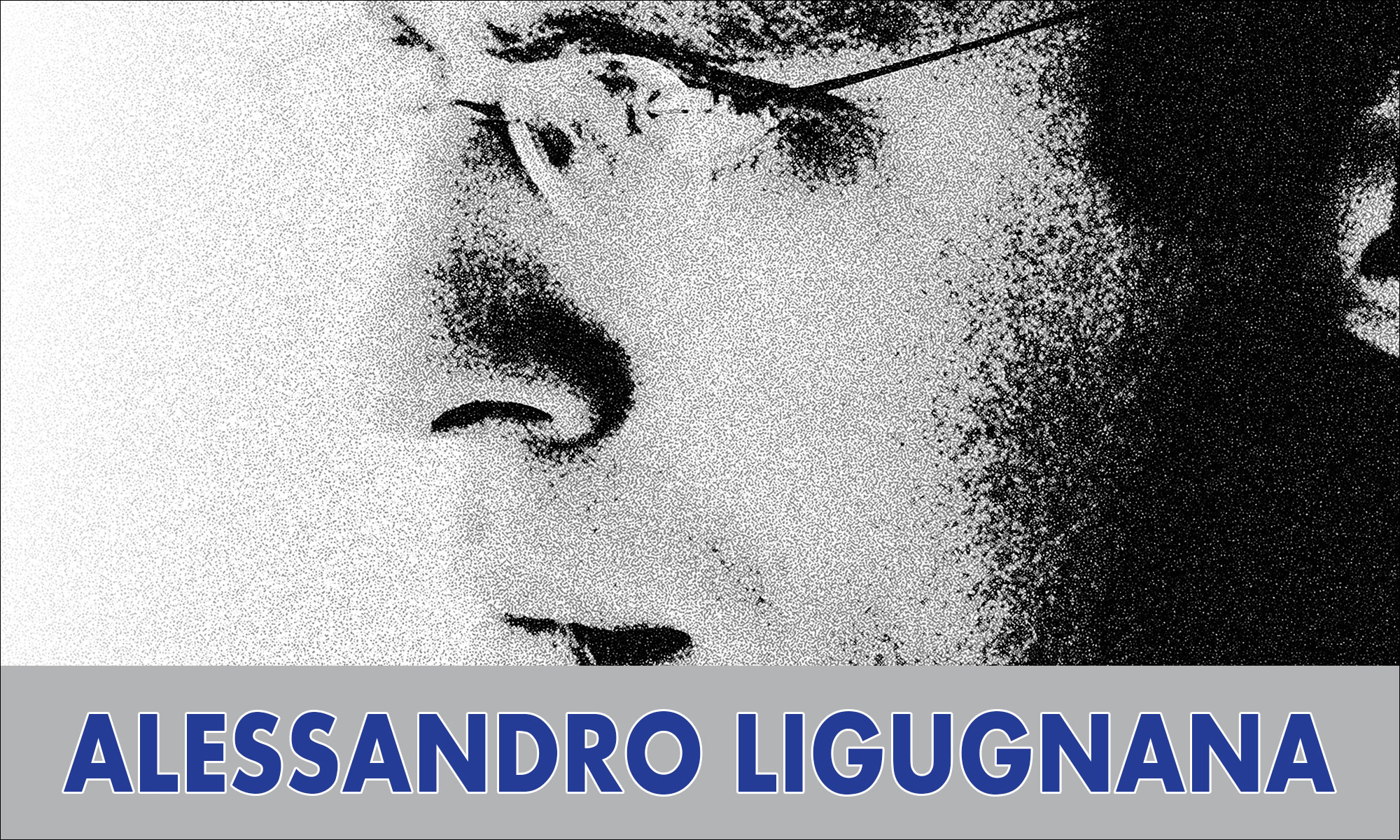The difference between flammable and combustible substances
The difference between flammable and combustible liquids is quite important. Flammable liquids are more dangerous. These are liquids that have flash points below 100°F (37.8°C). Combustible liquids have flash points between 100°F and 200°F (93°C). NFPA 30 further classifies flammables as Class I, and divides them into Class IA, Class IB and Class IC. Class IA and IB both have flash points below 73°F (22.8°C), with IA liquids having boiling points below 100°F and IB liquids having boiling points above 100°F. Materials with flash points between 73°F and 100°F are classified as IC. Combustible materials are classified as Class II, Class IIIA and Class IIIB, based on flash points as well. Class II materials have flash points between 100°F and 140°F (60 °C), Class IIIA between 140°F and 200°F and Class IIIB above 200°F. The maximum quantity of flammable and combustible materials that can be stored in the lab is set in NFPA 45: Standard on Fire Protection for Laboratories Using Chemicals and determines the hazard classification of the laboratory3, as we shall see shortly.

















